Presented today is Corgi Toys model #419, a Ford Zephyr Motorway Patrol Car.
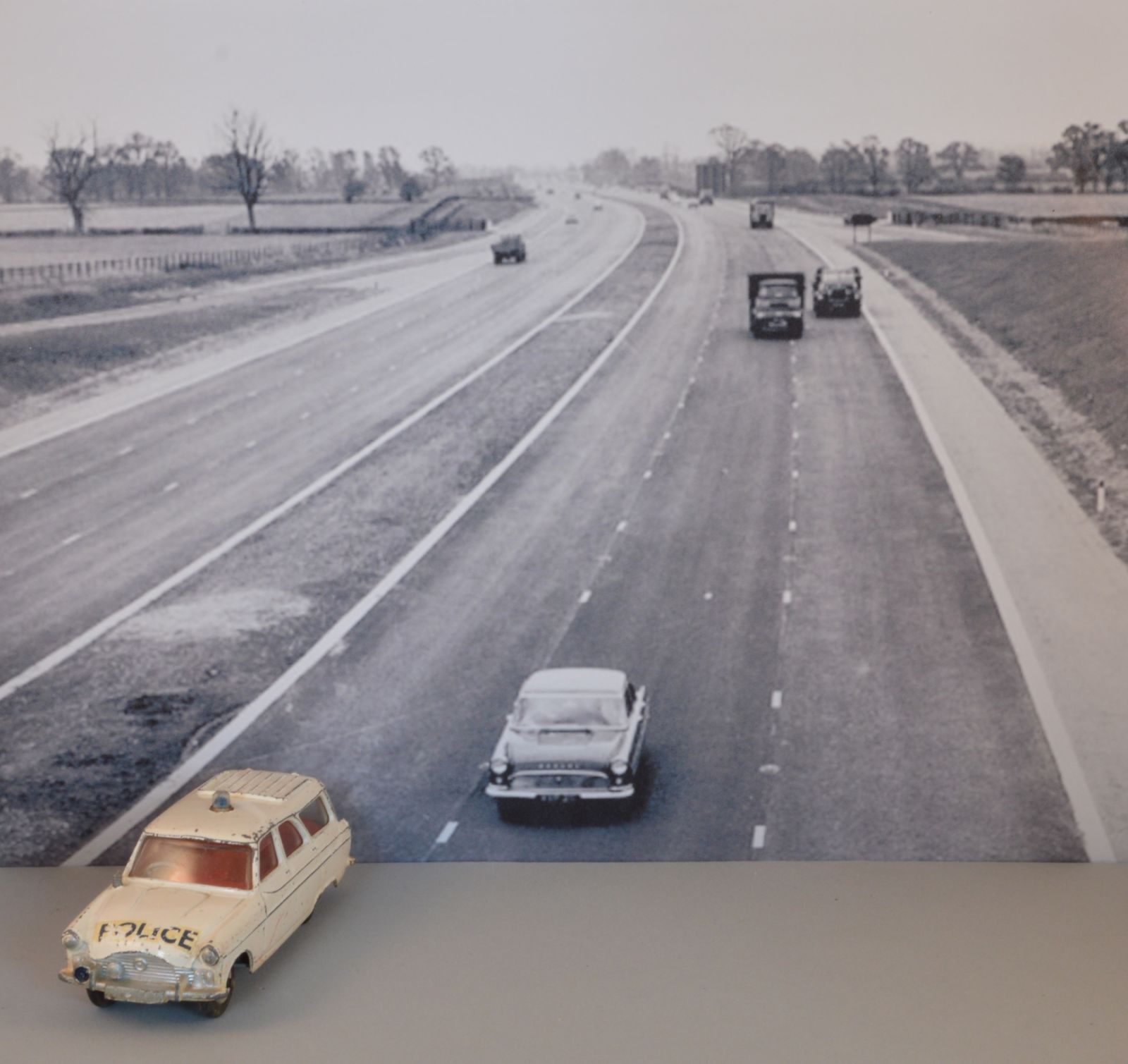
Ford never actually made an estate version of their Zephyr saloon, so this Corgi model is actually based on a 1960 Ford Zodiac MkII Farnham Estate. The Corgi version was introduced in August 1960 and remained in production until 1965. Corgi also made the same car as a civilian version in two-tone blue with moulded luggage in the back.
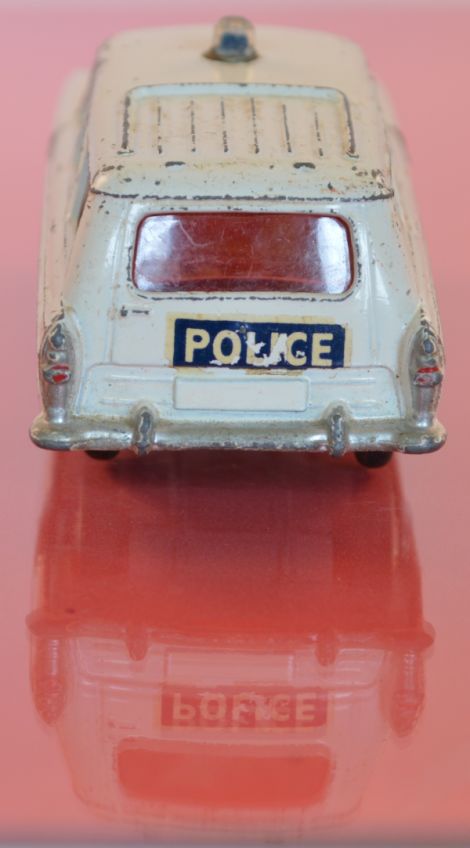
The variations of this model are few. The roof beacon can be large or small which does not affect value. There were some Dutch export versions with ‘Politie’ or ‘Rijks Polite’ decals which are about double the value of the UK issues.
Interior detail shows a couple of spades, a pickaxe, a rope, a box and a few other odd items. Things a motorway Policeman could not do without, obviously.
The 1:1
The Ford Zephyr was a car manufactured by the Ford Motor Company in the United Kingdom. It was sold as a more powerful six-cylinder saloon to complement the four-cylinder Ford Consul between 1951 and 1972. From 1962 the Zephyr itself was offered in both four- and six-cylinder versions.
The Zephyr and its luxury variant, the Ford Zodiac, which appeared in 1953, were the largest passenger cars in the British Ford range from 1951 until their replacement in 1956 by a larger MK2 Ford Consul, Zephyr, and Zodiac.
History
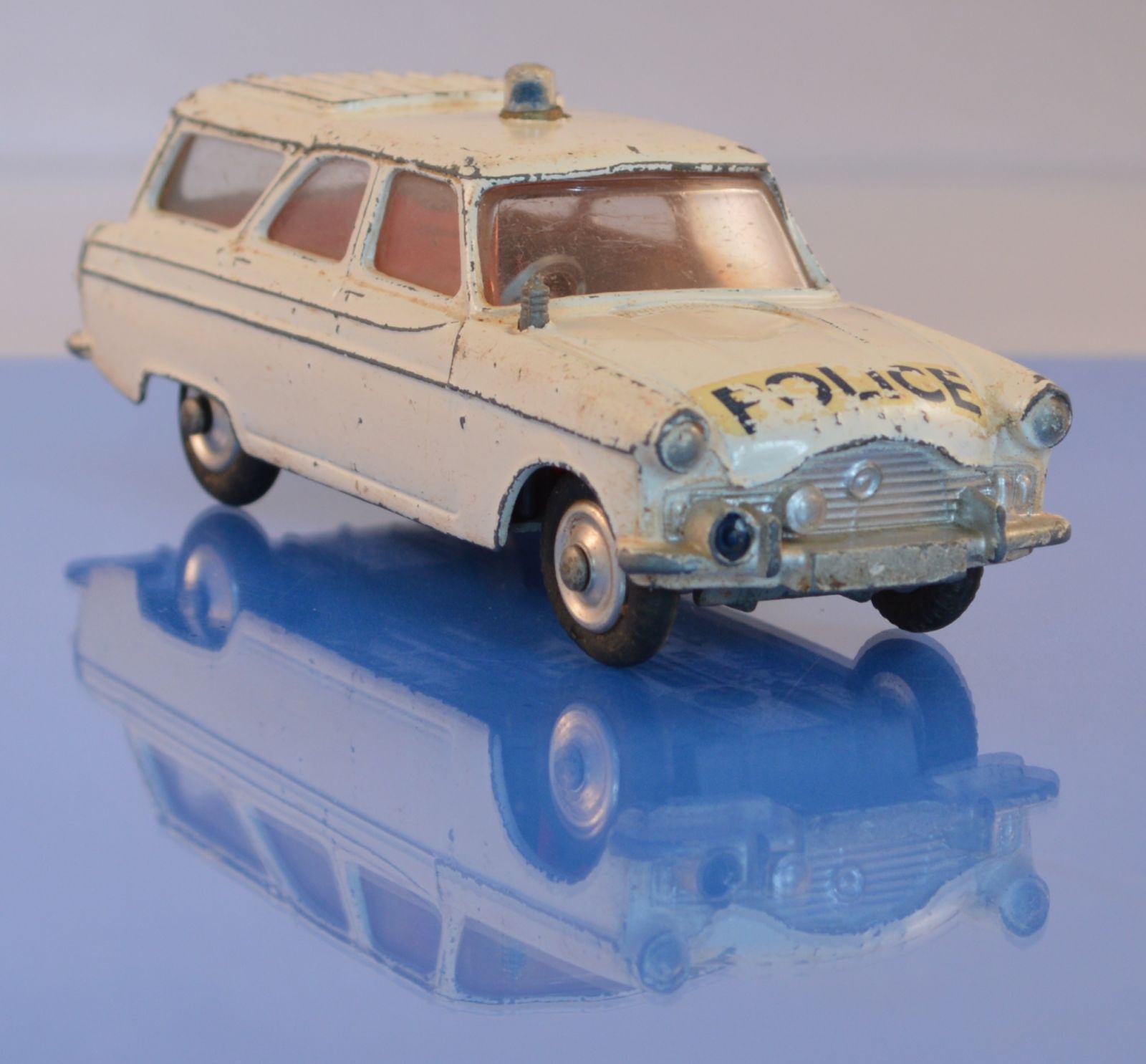
The Mark I Ford Consul and Zephyr models were first displayed at the Earls Court Motor Show in 1950. They were the first to use (the now widely-used) MacPherson strut independent front suspension in mass production. Production began with the Consul on January 1, 1951 and ran until 1956 . The Mark II Consul, Zephyr and Zodiac (known as the Three Graces) went on sale in April 1956. The popular Mark II range finished its run in 1962, when in April of that year the Mark III Zephyr 4, Zephyr 6 and Zodiac went on sale.
Ford Zephyr Mark II
In 1956 the Consul, Zephyr and Zodiac were all restyled. The 6-cylinder cars’ engines were enlarged to 2,553cc (156 cu in), with power output correspondingly raised to 86 bhp (64 kW). The wheelbase was increased by 3 inches (76 mm) to 107 inches (2,700 mm) and the width increased to 69 inches (1,800 mm). The weight distribution and turning circle were also improved. Top speed increased to 88 mph (142 km/h) and the fuel consumption was also improved at 28 mpg-imp (10 L/100 km; 23 mpg-US).
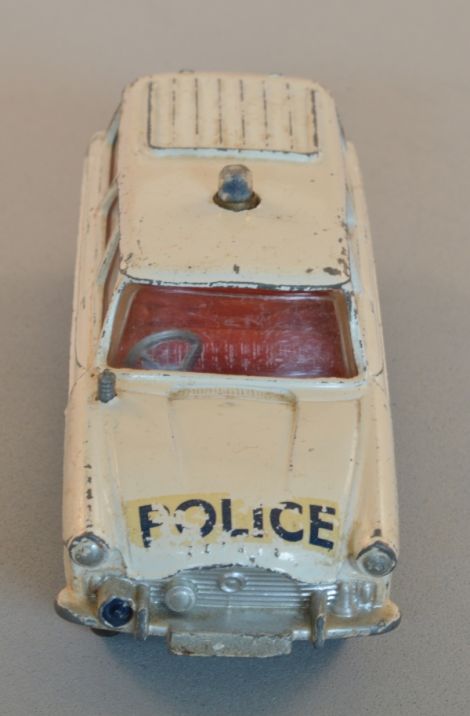
The Zodiac and Zephyr were also offered in two body styles these being the “Highline” and “Lowline”, depending on the year of manufacture — the difference being 1.75 in (44 mm) being cut from the height of the roof panel. The “Highline” variant featured a hemispherical instrument cluster, whereas the “Lowline” had a more rectangular panel.
As well as a 3-speed manual gearbox there was an optional overdrive and from 1956 a Borg Warner DG automatic transmission. At first drum brakes were fitted all round but front discs became optional in 1960 and standard from mid-1961.
The Ford Zephyr Six was available with 4-door saloon, estate and two-door convertible bodies. The convertible version was made by Carbodies and had a power-operated hood; the estate car was by Abbotts of Farnham and was sold as the Farnham. Because of the structural weaknesses inherent in the construction of convertibles, few convertibles are known to survive.
A convertible with overdrive tested by The Motor magazine in 1961 had a top speed of 88.3 mph (142.1 km/h) and could accelerate from 0-60 mph (97 km/h) in 17.0 seconds. Fuel consumption of 24.5 miles per imperial gallon (11.5 L/100 km; 20.4 mpg-US) was recorded. The test car cost £1193 including taxes.
E D Abbott Limited
Abbott of Farnham, E D Abbott Limited was a British coachbuilding business based in Farnham, Surrey, trading under that name from 1929. A major part of their output was under sub-contract to motor vehicle manufacturers. Their business closed in 1972.
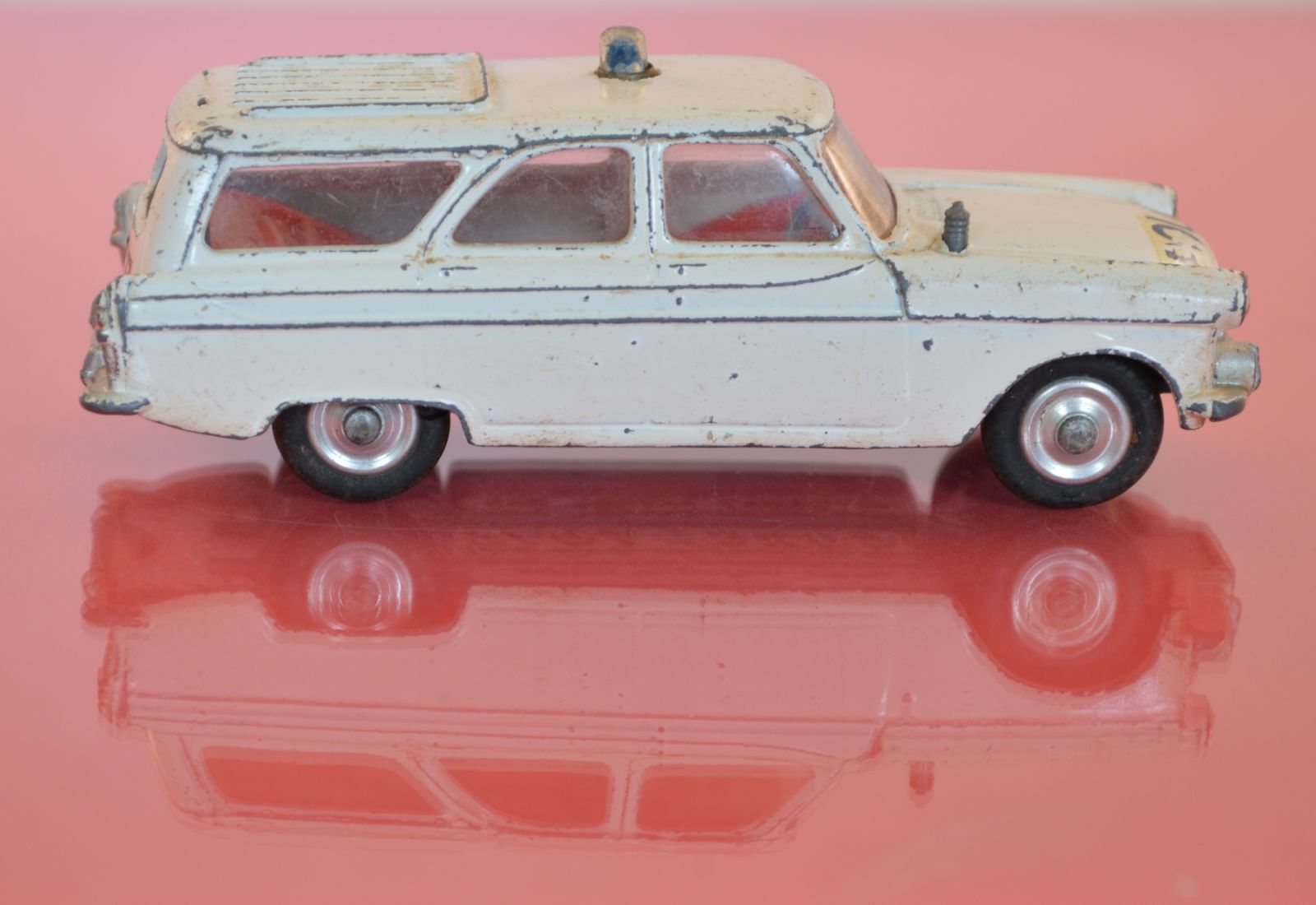
Edward Dixon Abbott had been employed in the design department of Wolseley Motors before he joined coachbuilders Page and Hunt who had started operations in 1920. Abbott became their London Sales Manager and when Page and Hunt’s business failed in 1929 he took over their Farnham works forming a new company using his own name.
Many of the early orders were for commercial vehicles which kept the business afloat during the worst of the depression but some car body making continued. From 1931 Abbott took a stand each year at the London Motor Show. Cars fitted with bodies included the Austin 7, Daimlers and Talbots.
In 1934 Abbott won a major contract from Lagonda to provide all the bodies for the new small Rapier car and a contract for work from Frazer-Nash for coachwork on imported BMW chassis. During World War 2 the company manufactured experimental radar aerials for the Royal Aircraft Establishment.
After WW2 the company restarted its coachbuilding activities building production runs of coupés for Sunbeam-Talbot and Healey, as well as some special bodies for Jowett, Bentley and Lanchester.
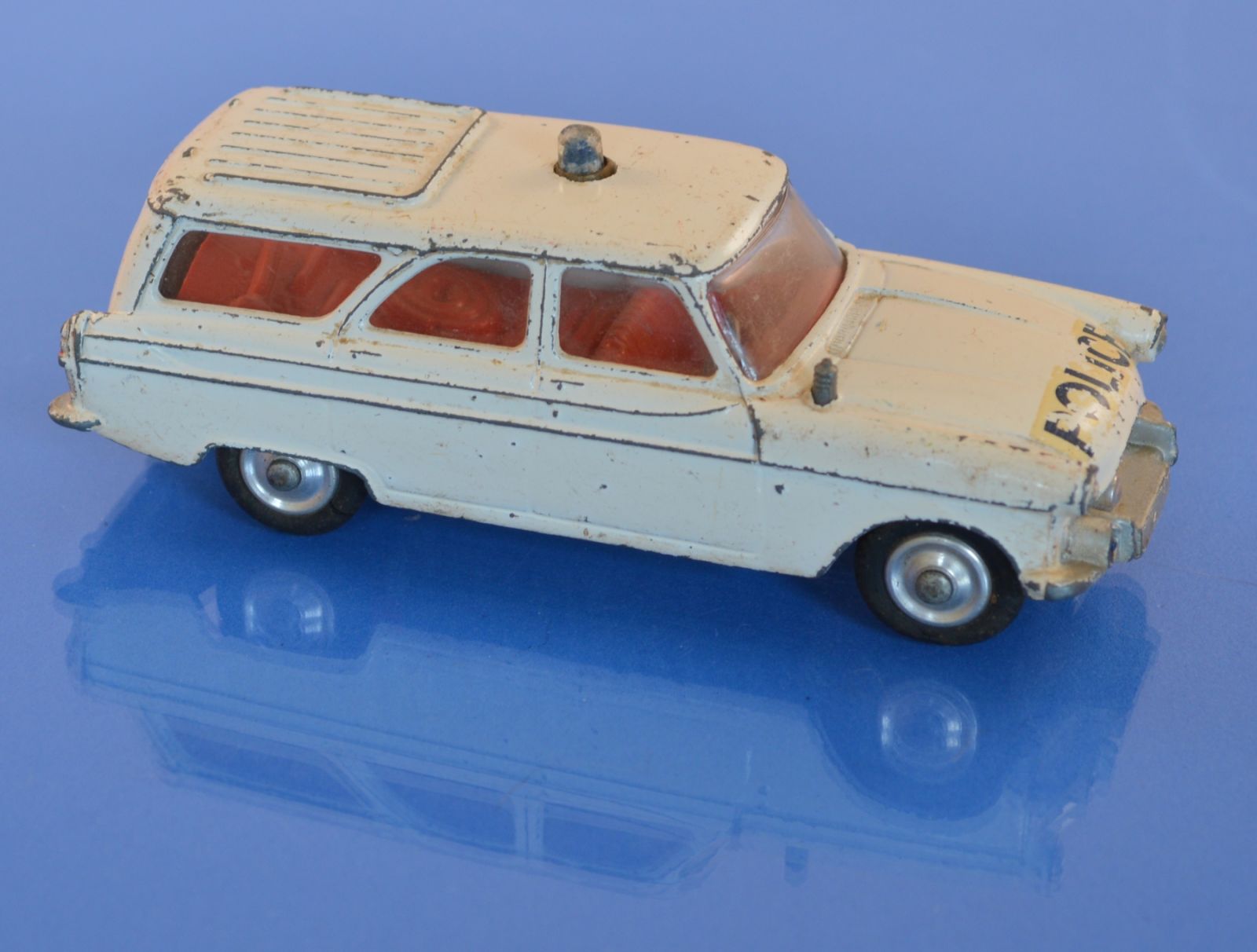
Large orders came from Ford for estate car versions of their Consul and Zephyr models which kept the firm in business during the late 1950s and early 1960s, after which Ford estate production (aside from the Corsair) was done by Ford themselves as the level of demand had shown mass production was viable.
The days of the special coachbuilding industry were numbered and orders declined through the 1960s and the company finally closed in 1972.